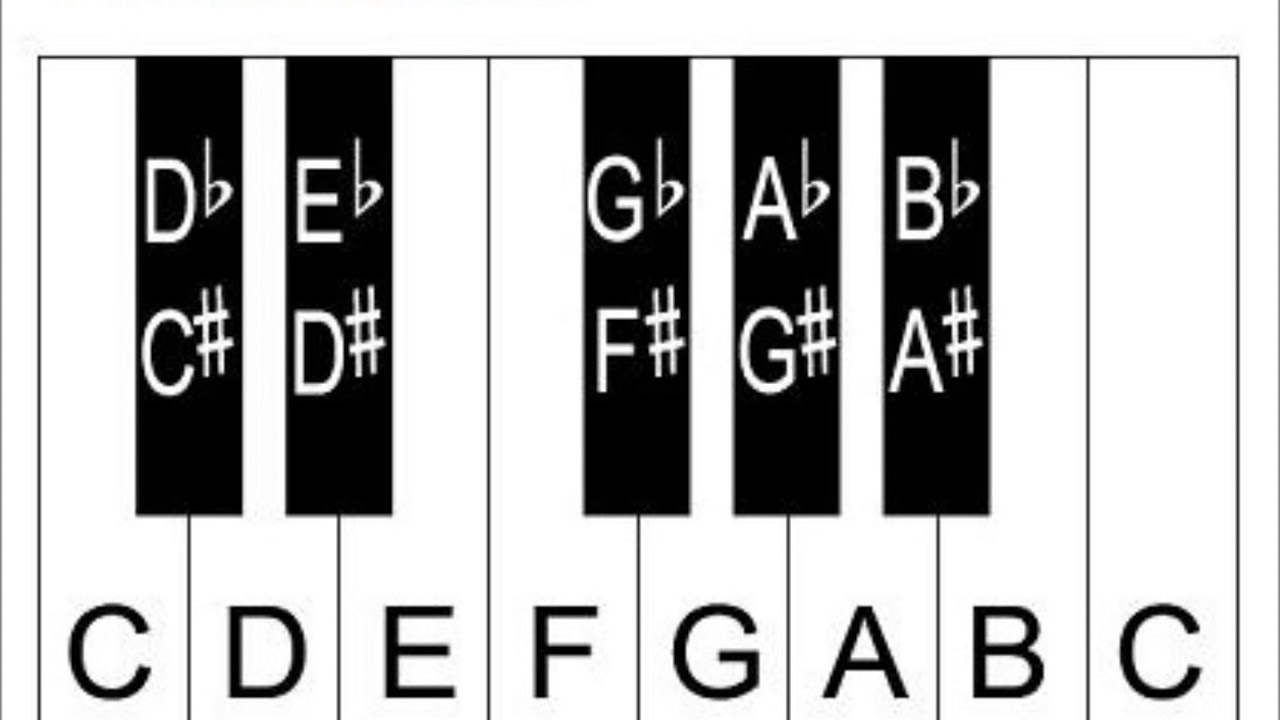Understanding Notes
The sounds you hear in music can usually be attributed to just 12 different notes played in different orders and rythms. These notes can
also be played in different octaves which gives a much different sound. Starting on any note and going up or down 12 notes will bring
you back to the same note an octave higher or lower. The average piano contains 7 octaves. The 12 notes range from A - G and sometimes
contain sharps (#) or flats (b). The 7 notes containing neither sharps or flats are called natural notes. A sharp means the
tone is half a step higher and a flat means the tone is a half step lower. B and E do not usually contain sharps and C and F do not usually
contain flats.Below are examples of the 12 notes playing in ascending order.
| The 12 Notes of Music with Sharps | |||||||||||||||||||||||||
|---|---|---|---|---|---|---|---|---|---|---|---|---|---|---|---|---|---|---|---|---|---|---|---|---|---|
| C | - | C# | - | D | - | D# | - | E | - | F | - | F# | - | G | - | G# | - | A | - | A# | - | B | - | C | (Octave) |
| An example of the notes utilizing sharps. | |||||||||||||||||||||||||
| The 12 Notes of Music with Flats | |||||||||||||||||||||||||
|---|---|---|---|---|---|---|---|---|---|---|---|---|---|---|---|---|---|---|---|---|---|---|---|---|---|
| C | - | Db | - | D | - | Eb | - | E | - | F | - | Gb | - | G | - | Ab | - | A | - | Bb | - | B | - | C | (Octave) |
| An example of the notes utilizing flats. | |||||||||||||||||||||||||
One thing to keep in mind is that C# = Db and D# = Eb. These are the exact same notes and this pattern applies
to the rest of the notes.
A piano is a good visual represantation of the notes. All of the white keys are natural notes and all of the black keys are called accidentals,
Sharps or Flats. The notes are named sharp or flat depending on what scale they belong to. All 12 notes belong to a key which is
a harmonic sound built around each note. This leads to our next topic: Scales!
